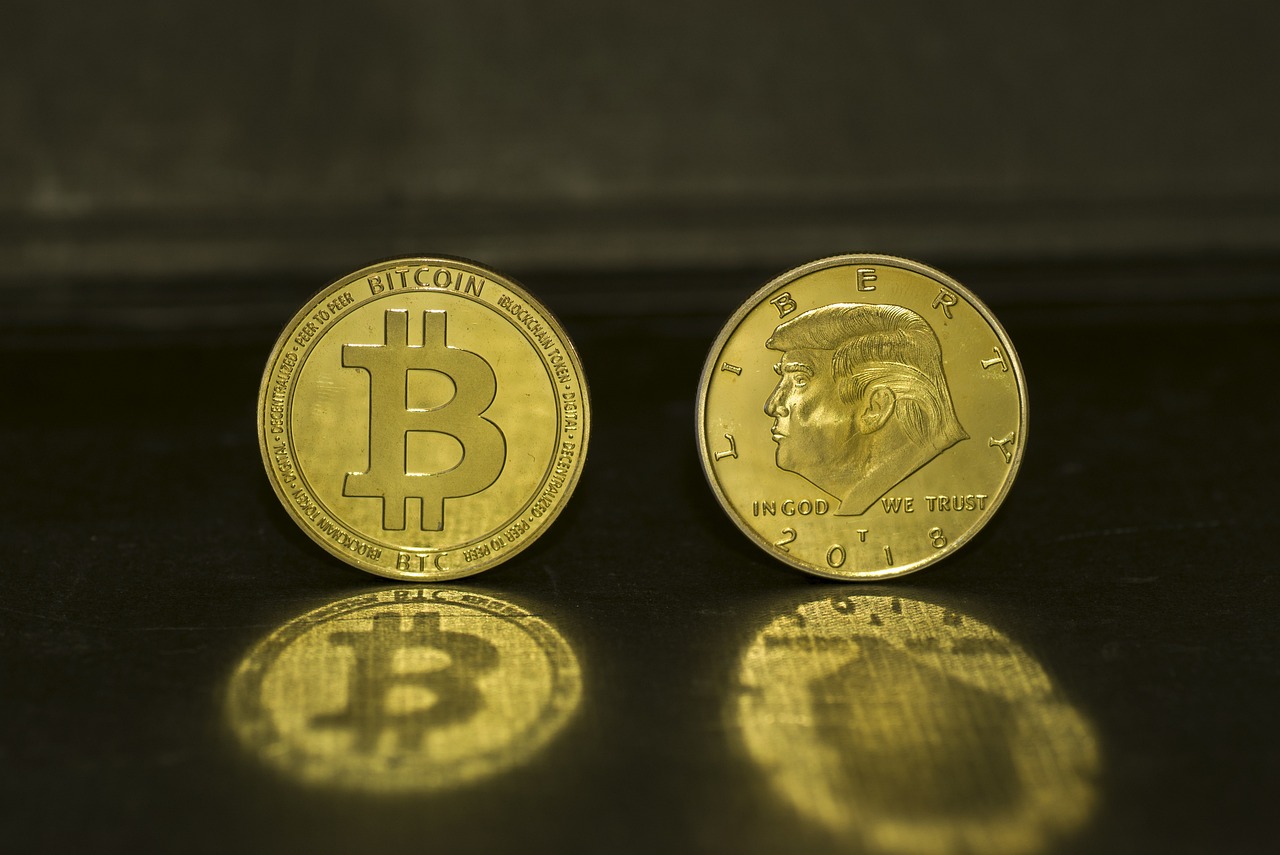The Digital Revolution and Environmental Sustainability: Navigating the Green Tech Frontier
In an era where digital innovation and environmental concerns intersect, understanding the relationship between digitalization and sustainability has become crucial. As we stand at the crossroads of technological advancement and ecological preservation, it’s essential to explore how digital technologies can be harnessed to create a more sustainable future while mitigating their own environmental impact.
The Digital-Environmental Nexus: Opportunities and Challenges
The rapid evolution of the digital economy presents both promising opportunities and significant challenges for environmental sustainability. On one hand, digital technologies offer innovative solutions to address pressing environmental issues. On the other, the growing digital infrastructure and increasing consumption of electronic devices contribute to resource depletion and e-waste generation[1].
Leveraging Digital Solutions for Sustainability
Digital technologies are increasingly being employed to tackle environmental challenges:
- Smart Grids: Optimize energy distribution and reduce waste
- IoT Sensors: Monitor and manage resource consumption in real-time
- AI and Big Data: Enhance climate modeling and prediction capabilities
- Blockchain: Improve supply chain transparency and traceability
These technologies enable more efficient resource management, promote sustainable practices, and provide valuable data for informed decision-making[1].
The Environmental Cost of Digitalization
While digital solutions offer numerous benefits, their environmental impact cannot be ignored:
- Energy Consumption: Data centers and network infrastructure require significant power
- E-Waste: Rapid obsolescence of electronic devices leads to mounting electronic waste
- Resource Depletion: Manufacturing of digital devices demands rare earth elements and minerals
- Carbon Footprint: The ICT sector contributes to global greenhouse gas emissions
To truly harness the potential of digitalization for sustainability, we must address these environmental costs head-on[1].
Life Cycle Approach: A Holistic View of Digital Products
To fully understand and mitigate the environmental impact of digitalization, it’s crucial to consider the entire life cycle of digital products. This approach encompasses:
- Raw Material Extraction: Mining and processing of minerals and metals
- Manufacturing: Production of components and assembly of devices
- Distribution: Transportation and packaging of products
- Usage: Energy consumption and maintenance during the product’s lifespan
- End-of-Life: Disposal, recycling, or refurbishment of devices
By examining each stage, we can identify opportunities for reducing environmental impact and improving sustainability throughout the digital product lifecycle[1].
Case Study: Smartphone Life Cycle Analysis
A life cycle analysis of a typical smartphone reveals:
- Production Phase: Accounts for up to 80% of the device’s total carbon footprint
- Usage Phase: Energy consumption varies widely based on user behavior and network efficiency
- End-of-Life: Only about 20% of e-waste is formally recycled globally
This analysis highlights the importance of sustainable design, energy-efficient usage, and proper e-waste management in reducing the environmental impact of digital devices[2].
The Developing World Dilemma: Balancing Digital Growth and Environmental Protection
Developing countries face a unique challenge in navigating the digital-environmental landscape. While digitalization offers opportunities for economic growth and improved quality of life, these nations often lack the infrastructure and resources to mitigate the associated environmental risks[1].
Challenges Faced by Developing Countries
- Limited Access to Green Technologies: High costs and lack of technical expertise hinder adoption
- Inadequate E-Waste Management: Insufficient recycling facilities and regulations
- Digital Divide: Uneven access to digital technologies exacerbates existing inequalities
- Brain Drain: Loss of skilled professionals to developed countries
Opportunities for Sustainable Digital Development
Despite these challenges, developing countries have the potential to leapfrog to more sustainable digital practices:
- Renewable Energy Integration: Combining digital infrastructure expansion with clean energy adoption
- Circular Economy Initiatives: Implementing repair, refurbishment, and recycling programs
- Capacity Building: Investing in education and training for green digital skills
- South-South Cooperation: Sharing knowledge and best practices among developing nations
By addressing these challenges and capitalizing on opportunities, developing countries can work towards a more sustainable digital future[1].
Strategies for a Greener Digital Economy
To harness the potential of digitalization while minimizing its environmental impact, stakeholders across sectors must collaborate on sustainable strategies:
1. Sustainable Design and Manufacturing
- Implement eco-design principles to create more durable and recyclable devices
- Use recycled materials and reduce hazardous substances in production
- Optimize manufacturing processes to minimize energy and resource consumption
2. Energy Efficiency in Digital Infrastructure
- Invest in energy-efficient data centers and network equipment
- Utilize renewable energy sources to power digital infrastructure
- Implement smart cooling systems and heat recovery technologies
3. Responsible Consumption and Usage
- Promote digital literacy and awareness of sustainable device usage
- Encourage the use of energy-saving settings and features
- Support the “right to repair” movement to extend device lifespans
4. Circular Economy Practices
- Establish effective e-waste collection and recycling systems
- Promote refurbishment and second-hand markets for electronic devices
- Develop innovative recycling technologies to recover valuable materials
5. Policy and Regulatory Frameworks
- Implement extended producer responsibility (EPR) schemes
- Set energy efficiency standards for digital devices and infrastructure
- Incentivize the adoption of green technologies and sustainable practices
By implementing these strategies, we can work towards a more sustainable digital economy that balances technological progress with environmental protection[1][3].
The Role of International Cooperation
Addressing the environmental implications of digitalization requires global collaboration. International organizations, governments, and private sector entities must work together to:
- Develop global standards for sustainable digital technologies
- Share best practices and technologies across borders
- Support developing countries in building sustainable digital infrastructures
- Coordinate efforts to combat illegal e-waste trade and promote responsible recycling
Initiatives like the United Nations’ Sustainable Development Goals (SDGs) provide a framework for aligning digital development with environmental sustainability objectives[1].
Conclusion: Towards a Sustainable Digital Future
As we navigate the complex relationship between digitalization and environmental sustainability, it’s clear that both challenges and opportunities lie ahead. By adopting a holistic approach that considers the entire lifecycle of digital products, implementing sustainable strategies, and fostering international cooperation, we can harness the power of digital technologies to create a greener, more sustainable future.
The path forward requires commitment from all stakeholders – governments, businesses, and individuals alike. By making conscious choices in our digital consumption, supporting sustainable innovations, and advocating for responsible policies, we can each play a part in shaping a digital economy that not only drives progress but also protects our planet for generations to come.
As we continue to explore the frontiers of digital technology, let us remain mindful of our environmental responsibilities and work together towards a future where digital innovation and sustainability go hand in hand.
Call to Action
Are you ready to be part of the sustainable digital revolution? Start by assessing your own digital footprint and exploring ways to reduce it. Share this article with friends and colleagues to spread awareness about the importance of sustainable digitalization. Together, we can create a greener, more sustainable digital world.
Resource Links
- UNCTAD Digital Economy Report 2024: https://unctad.org/der2024
- Greenpeace Guide to Greener Electronics: https://www.greenpeace.org/usa/reports/greener-electronics/
- ITU-T L.1410 : Methodology for environmental life cycle assessments of information and communication technology goods, networks and services: https://www.itu.int/rec/T-REC-L.1410
Citations:
[1] https://ppl-ai-file-upload.s3.amazonaws.com/web/direct-files/42110300/0b09bcaf-b3b0-404f-a975-efdaa075a402/Bachelor-Thesis_Laura-Sundsgaard.pdf
[2] https://yoast.com/meta-descriptions/
[3] https://pmc.ncbi.nlm.nih.gov/articles/PMC10160702/
[4] https://www.techwebers.com/seo-keywords-for-solar-energy/
[5] https://zerowasteseo.com/keyword-research-for-eco-friendly-products/
[6] https://blog.hubspot.com/marketing/blogging-for-seo
[7] https://seo.ai/blog/what-is-an-seo-title
[8] https://www.semrush.com/blog/meta-description/
[9] https://unctad.org/system/files/official-document/der2024_ch01_en.pdf
[10] https://leadflowengineers.com/50-solar-keywords/
[11] https://www.clicks.so/popular-keywords/sustainability-keywords


